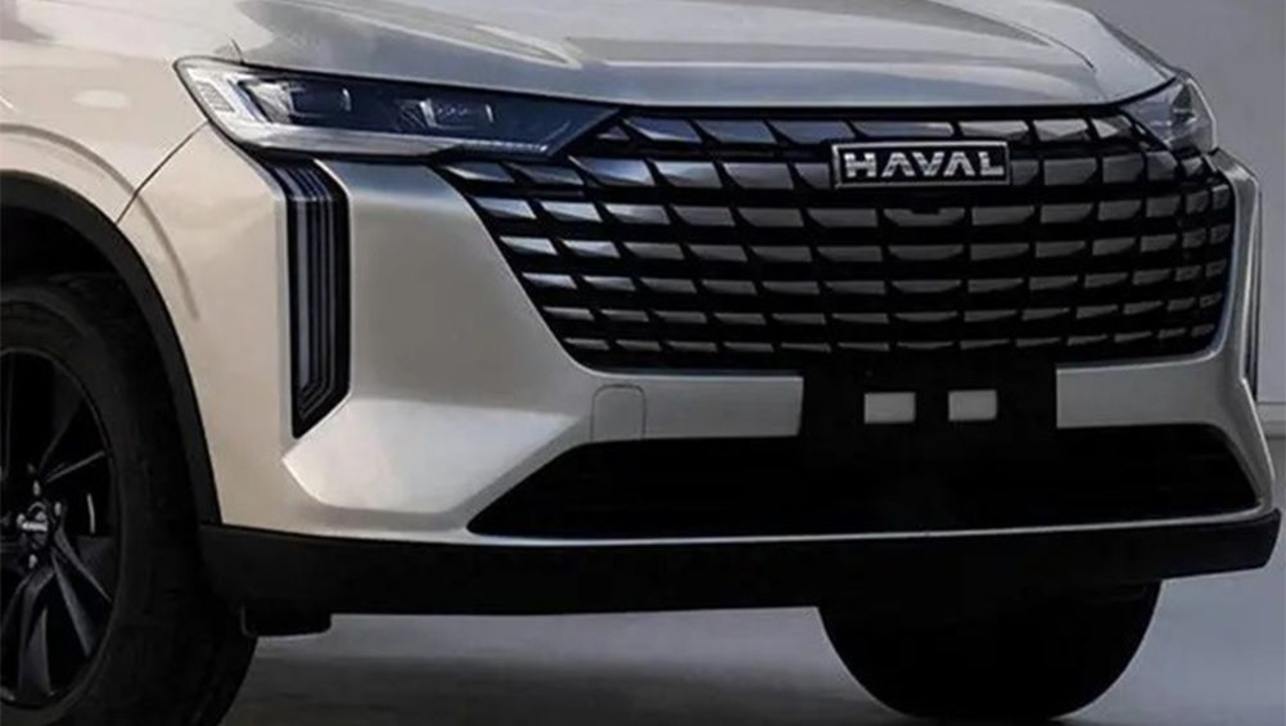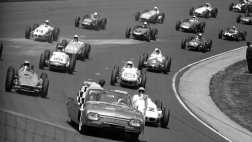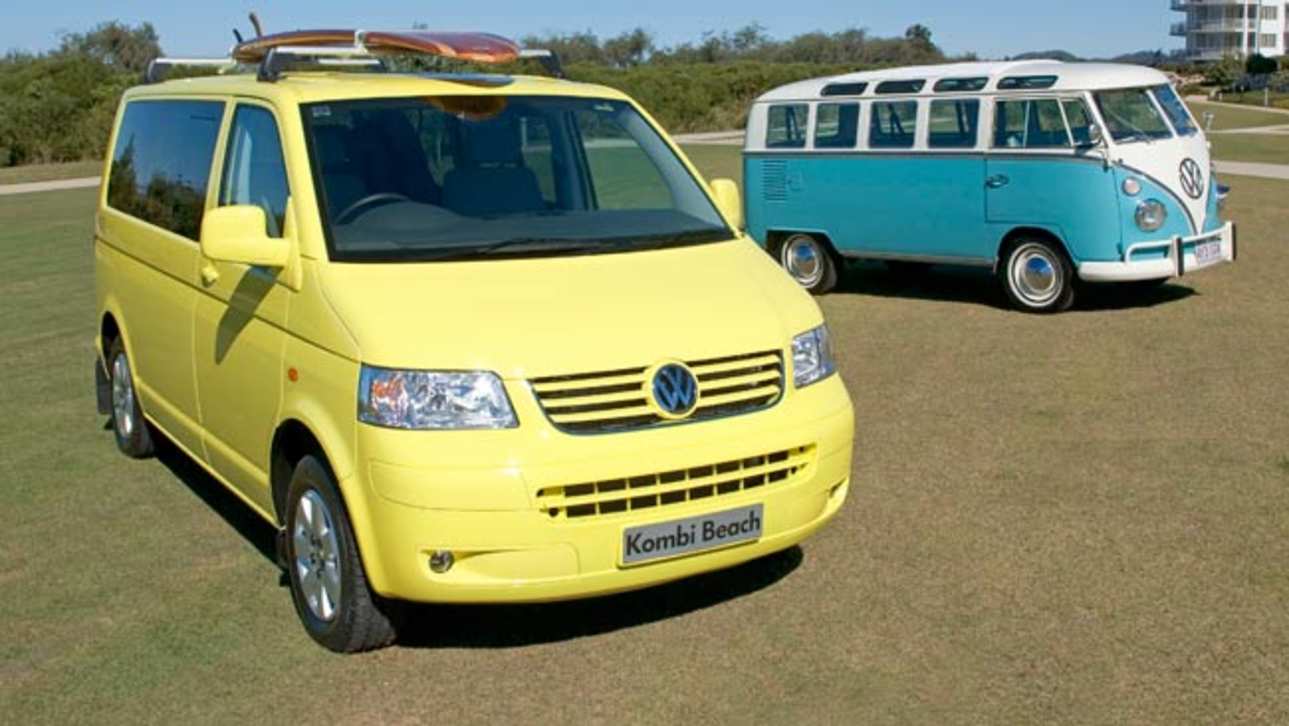And so it goes. Another automobile icon fades from view because of 21st century safety regulations. After 64 years of production, the final Volkswagen Kombi will roll off the production line today -- this one in Brazil where the more relaxed safety regulations allowed the Kombi to continue, and where they have been built for the past 56 years.
And it travelled a long way. The vehicle that came to symbolise the counter-culture around the globe started out as an idea on paper for the war ravaged VW to make some much needed money. The Kombi is now one of the few cars in the pantheon of true classics. More than any other automobile, the VW Kombi is an enduring image of the flower-power hippy era in the 1960s and of the wider surfing culture across the world.
Cheap, plentiful and able to carry big loads with ease it was an ideal vehicle for a newly mobile, baby boomer generation. The first series Kombi was released for sale in 1950, after its appearance at the November 1949 Geneva Motor Show. Its heritage goes back to when the British Army occupied and ran the VW factory in Wolfsburg, Germany, after the end of Second World War.
There are various versions of how the Kombi came to be, but the main facts are agreed. Needing a vehicle to move parts around the VW factory, the Army cobbled together a strengthened Beetle chassis, surrounded it with a utilitarian panels and created a small truck.
In 1947 a Dutch VW dealer, Ben Pons, saw these little trucks while visiting to the factory. He thought that with some improved body panels it would make a cheap, sturdy and light truck to be used in the rebuilding of the war torn Europe. He sketched a design for VW managers and went back to Holland.
Heinz Nordhoff, who was ex-Opel, and been installed by the Army to run VW, took up this idea and made it happen. The rest of the story is legend. Kombis have a strong fan base and devotes of the vehicle have their own language to describe the “buses”. Those built between 1950 and 1967, are known as split-window buses or 'splitties' because of the divided windscreen.
Those built after 1967 have a one piece screen and are known as the 'bay window' Kombis. Prices for early models continue to rise, across the world. In Australia models from the 1950s can run to $45,000 and above, particularly the 'barn door’ versions in good condition.
So if you are in the market for a real classic, buy a Kombi now. The price will only rise. Apart from their investment potential, we love the Kombi for many reasons.



.jpg)
.jpg)



.jpg)
.jpg)
.jpg)










































.jpg)

.jpg)
.jpg)

.jpg)
.jpg)

.jpg)
.jpg)






Comments